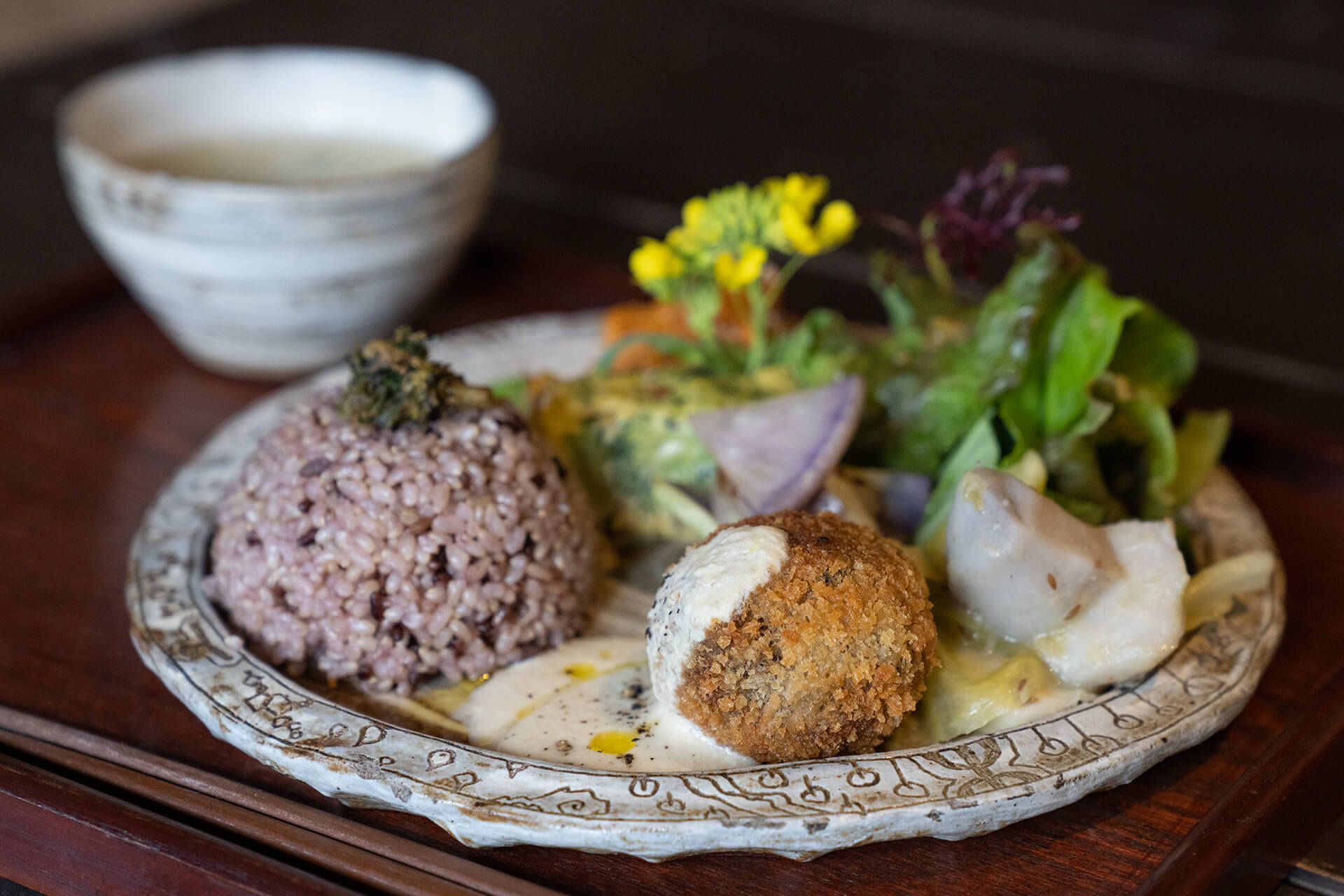
Things to Do | Visit Chiba | Latest update:2024/12/27
In 1999, Ms. Nakajima was living in Tokyo with her husband and five children. She says that despite her practice of macrobiotics, she still found herself exhausted by the grind of life in the metropolis. One day she happened upon the stretch of land near her father’s grave which infused her with a sense of peace. Already hungering for a brand-new start, and a place free of worry that was truer to her ideals, she relocated there from Tokyo and has lived there ever since. That stretch of land would become Brown’s Field.
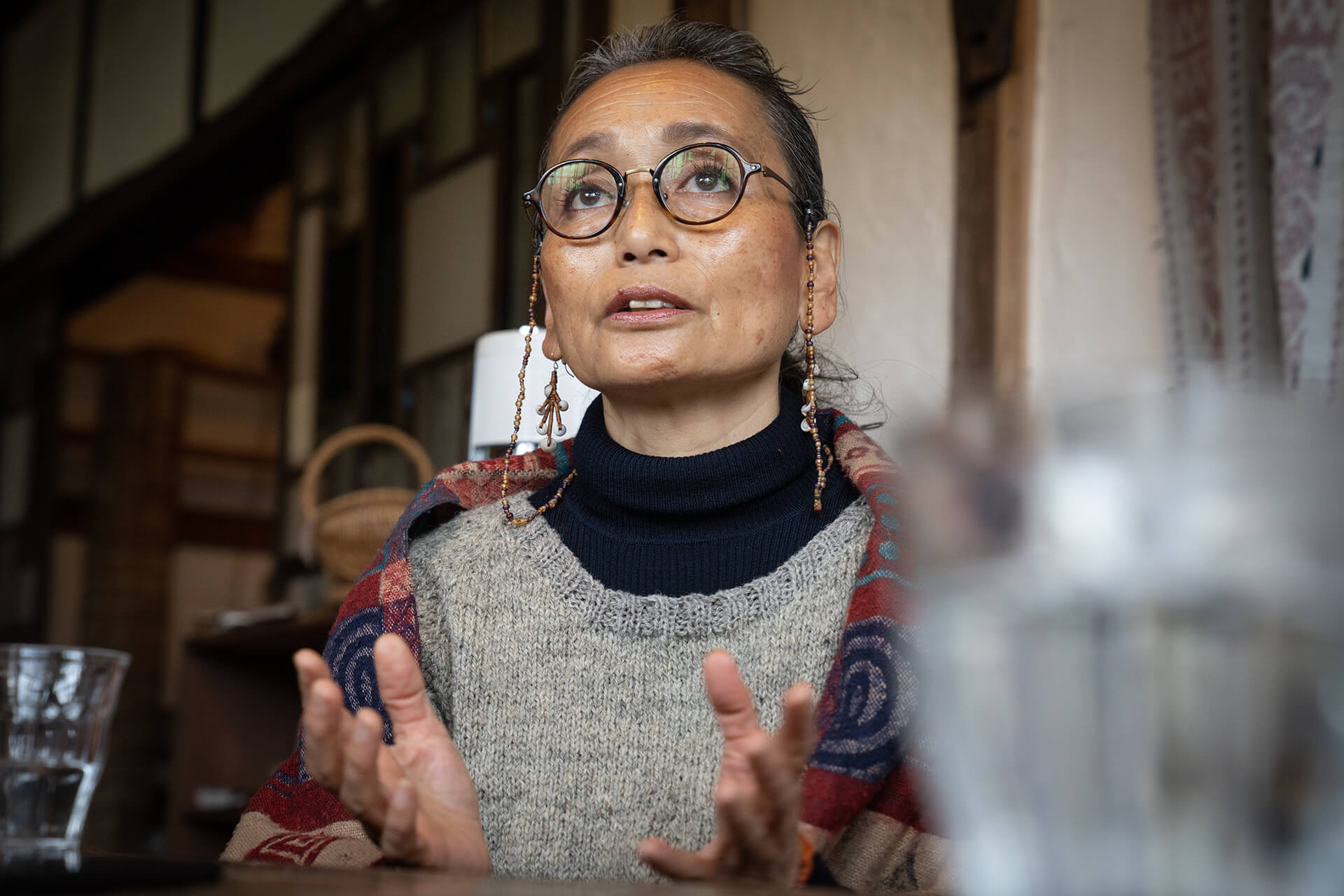
When asked about her motivation, “Deko-san” – as Ms. Nakajima is popularly known – explains that although today it’s possible to find vegan, vegetarian and macrobiotic fare in Japan, little was known about macrobiotics forty years ago when she started on her self-appointed mission. In decades past, she often felt that practicing a macrobiotic life in Tokyo proved prohibitive. As a result, she now runs Brown’s Field as a sanctuary for those who are committed to the macrobiotic lifestyle but are struggling with its challenges.
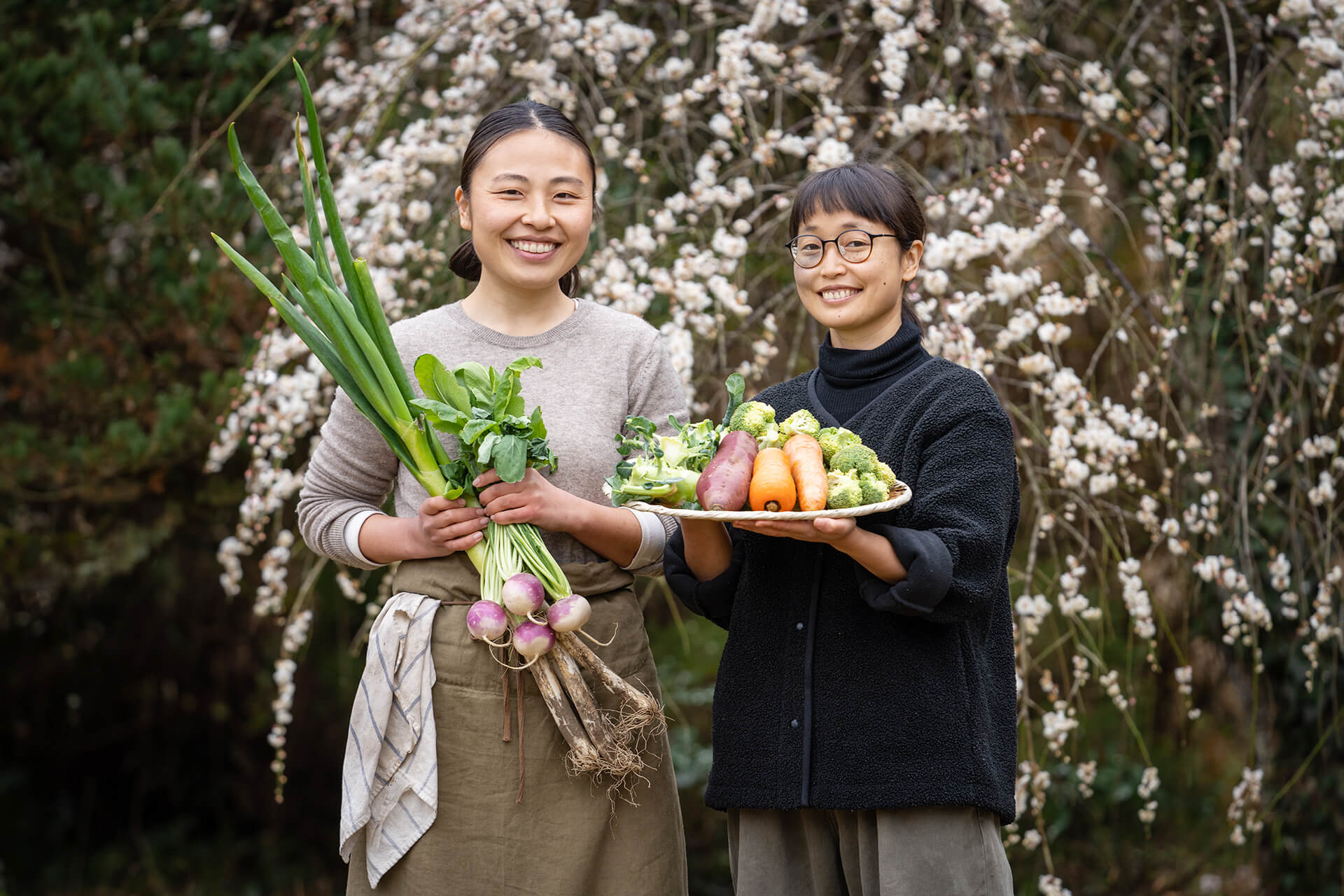
Running this center also facilitates her desire to eat ingredients grown seasonally, without modifications; making it possible to eat ingredients themselves in their whole and natural states. Brown’s Field sets out to grow all their own food, and when this is not feasible, they only use local ingredients as an alternative. According to the macrobiotic concept of Shindo-fuji, the human body and the Earth cannot be separated, being that they are connected by nature. Yuki-san, Brown’s Field’s official chef, says, “I try to use a variety of seasonings in my cooking so that diners can experience and enjoy a wide-range of different tastes. Also, I like serving people, so I imagine how I’ll serve the meals while I am cooking.” Deko-san believes that macrobiotics is not just about cooking, but rather a philosophy that values health, economy, and eco-friendliness, with an ultimate aim towards world peace. As those ideas resonated with her, she embarked on related studies, and then started to spread the macrobiotic way of life.
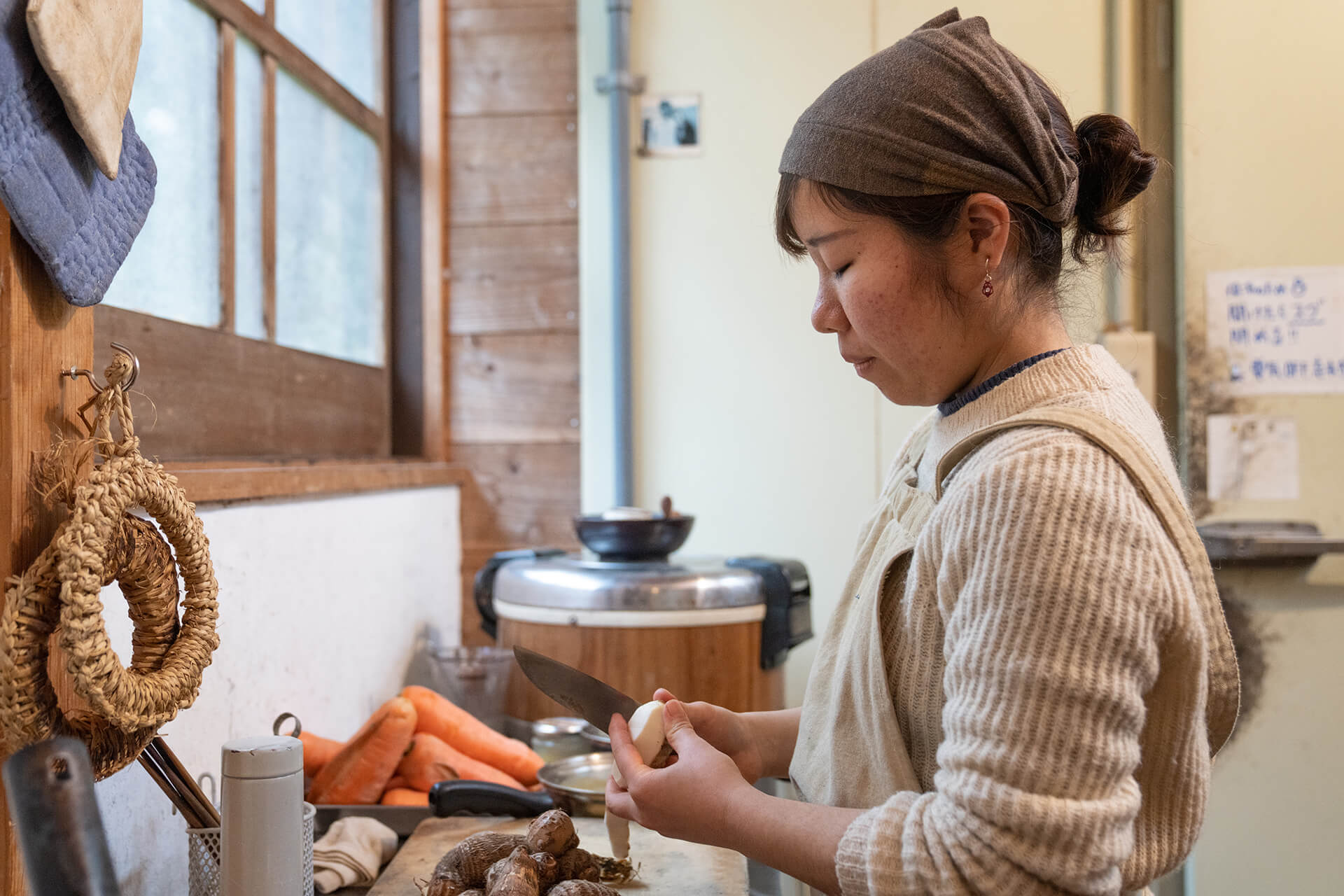
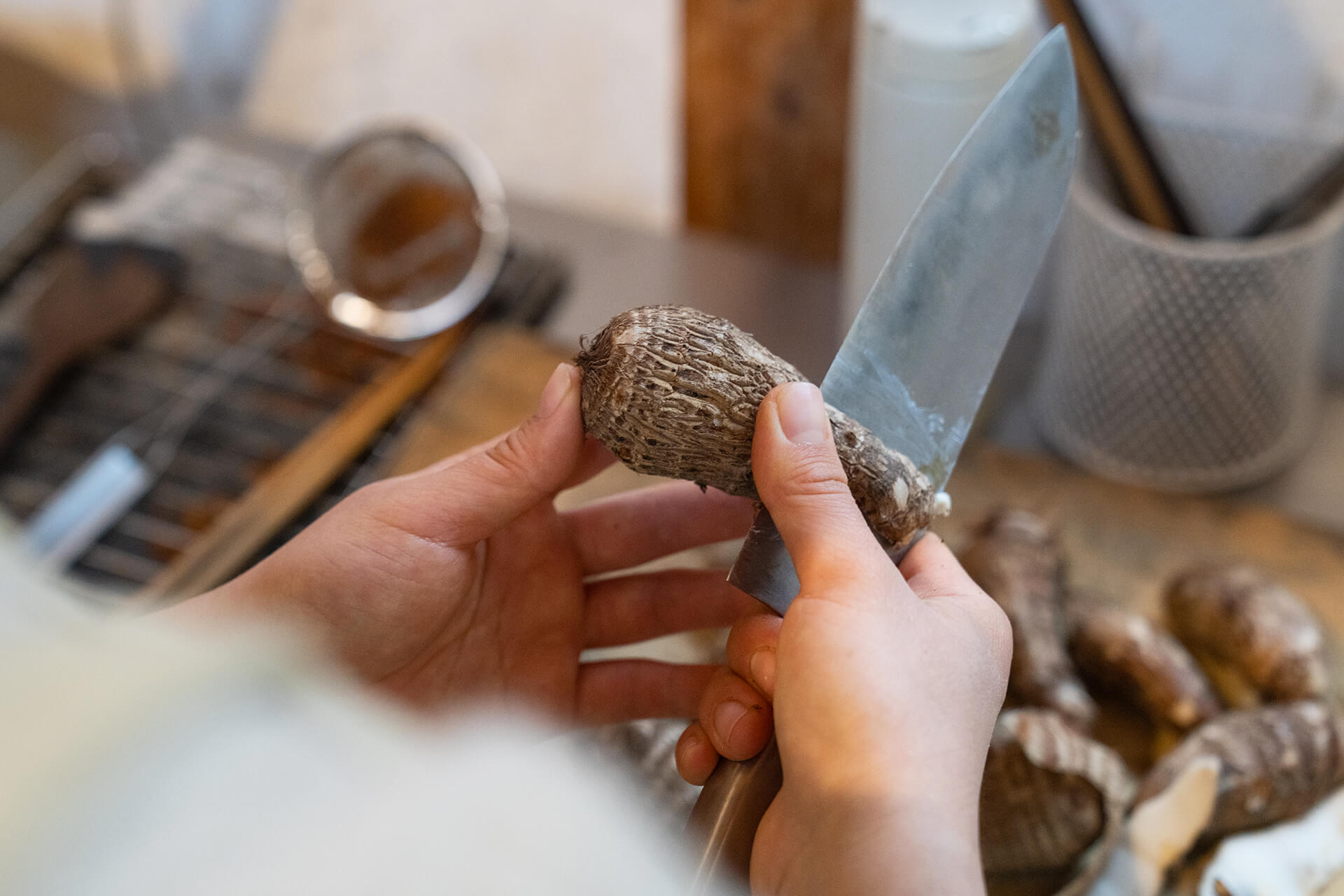
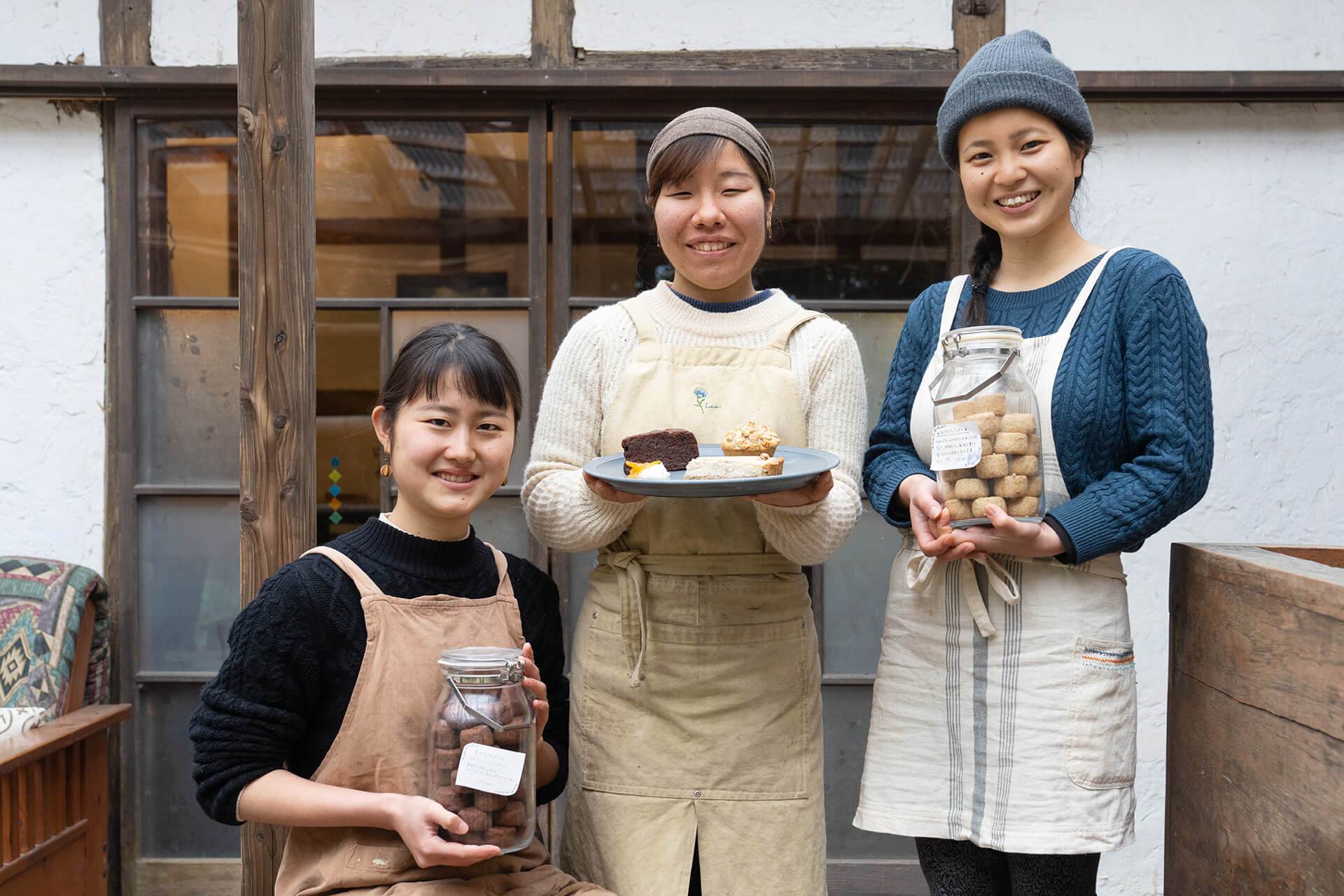
While designing the premises’ spaces, Brown’s Field’s Deko-san possesses the clearest of visions. Placing value on vintage and antique designs that have withstood the test of time, she also tries to bear in mind a sense of modern style. This thinking is guided by the phrase “Onko-chishin”; preserving old things, learning from the past, and putting traditional wisdom to use, so that you can better understand the present and the future.
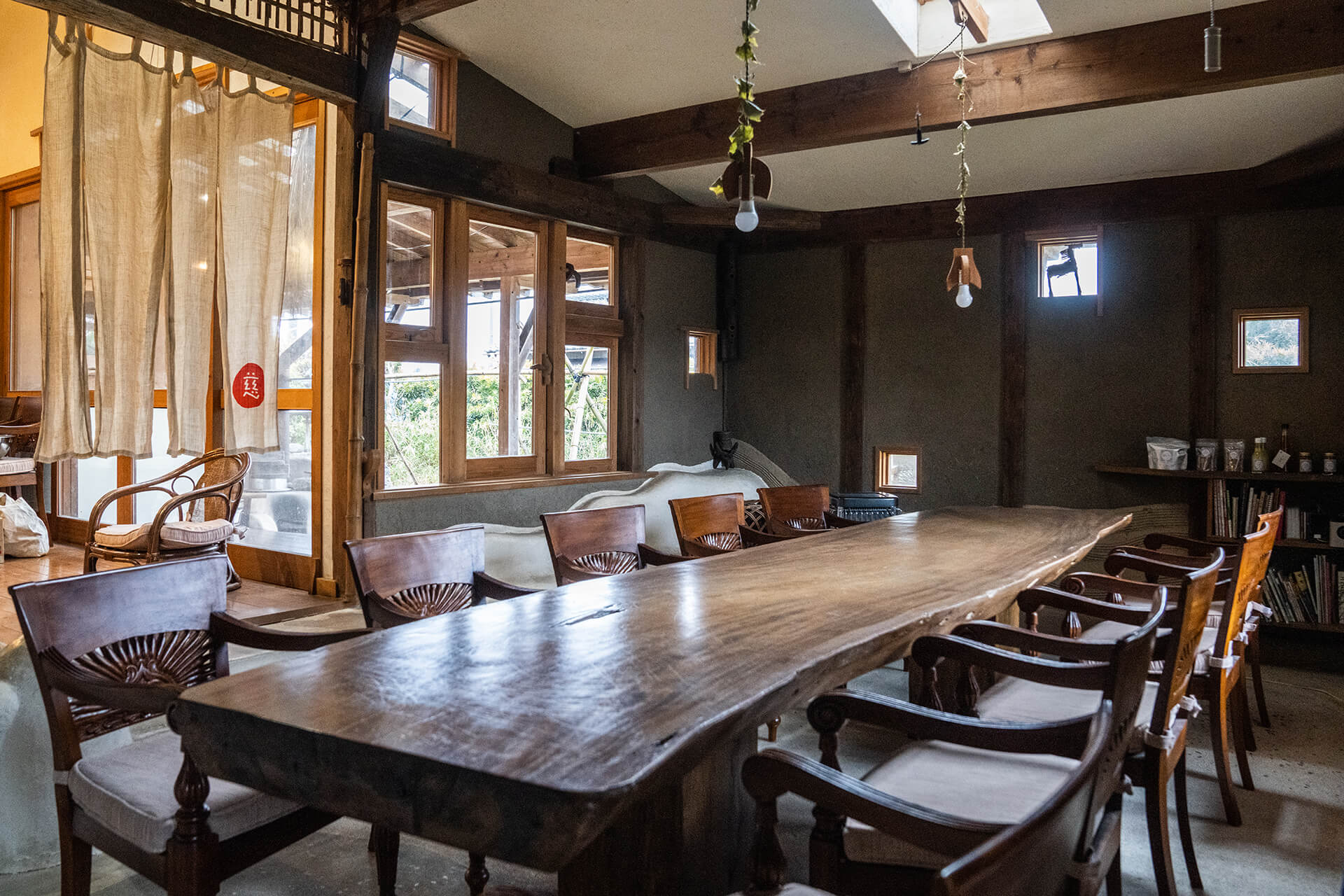
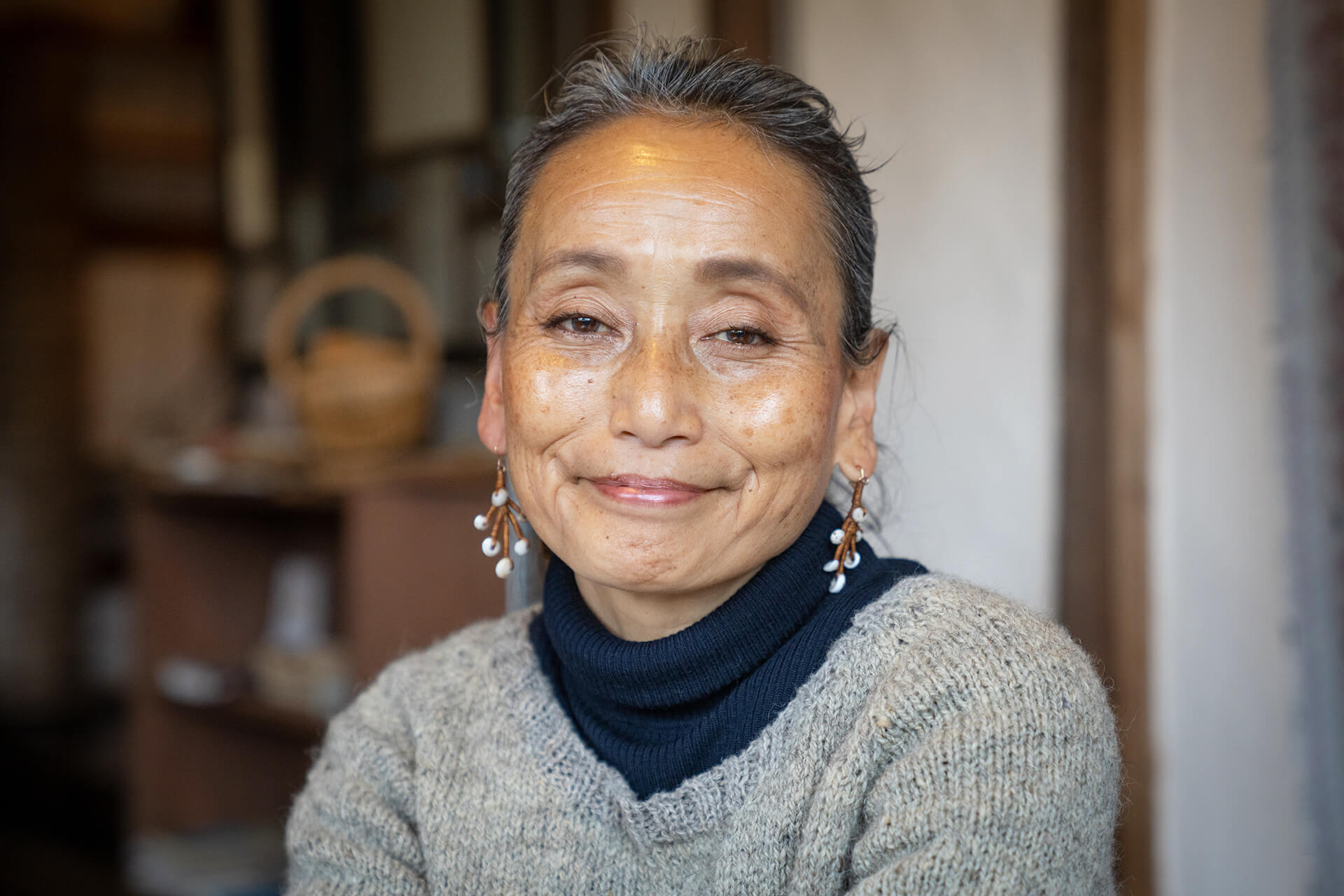
Shogo Miura, a Tokyo native working at Brown’s Field, shares his own story of how he came into this lifestyle. “I attended college in the state of Washington (in the United States), and then worked for a Japanese airline in Seattle, WA., but I didn’t care for that life. So, I quit my day job, and then took on the challenge of being a farmhand on Orcas Island. It was similar to the life that I would come to live here [at Brown’s Field]. I spent time interacting with various people, being immersed in nature, and learning about agricultural work and farming culture.” One day, one of his friends recommended that he visit Brown’s Field, and he decided to return to his home country to do so. “I came here on a trial basis,” Shogo states pensively, “but was attracted to this land immediately, and became an official member of the staff. I am inspired by the joy of connecting with nature, as well as with people. I learn from and follow in the footsteps of my senpai, the more experienced members of the community. While working, I also experience self-growth. I want to take advantage of that growth and the connections I garner, so that I may start my own rice farm in the future – here or back in the United States – and keep belonging to a community that I would support and cherish.”
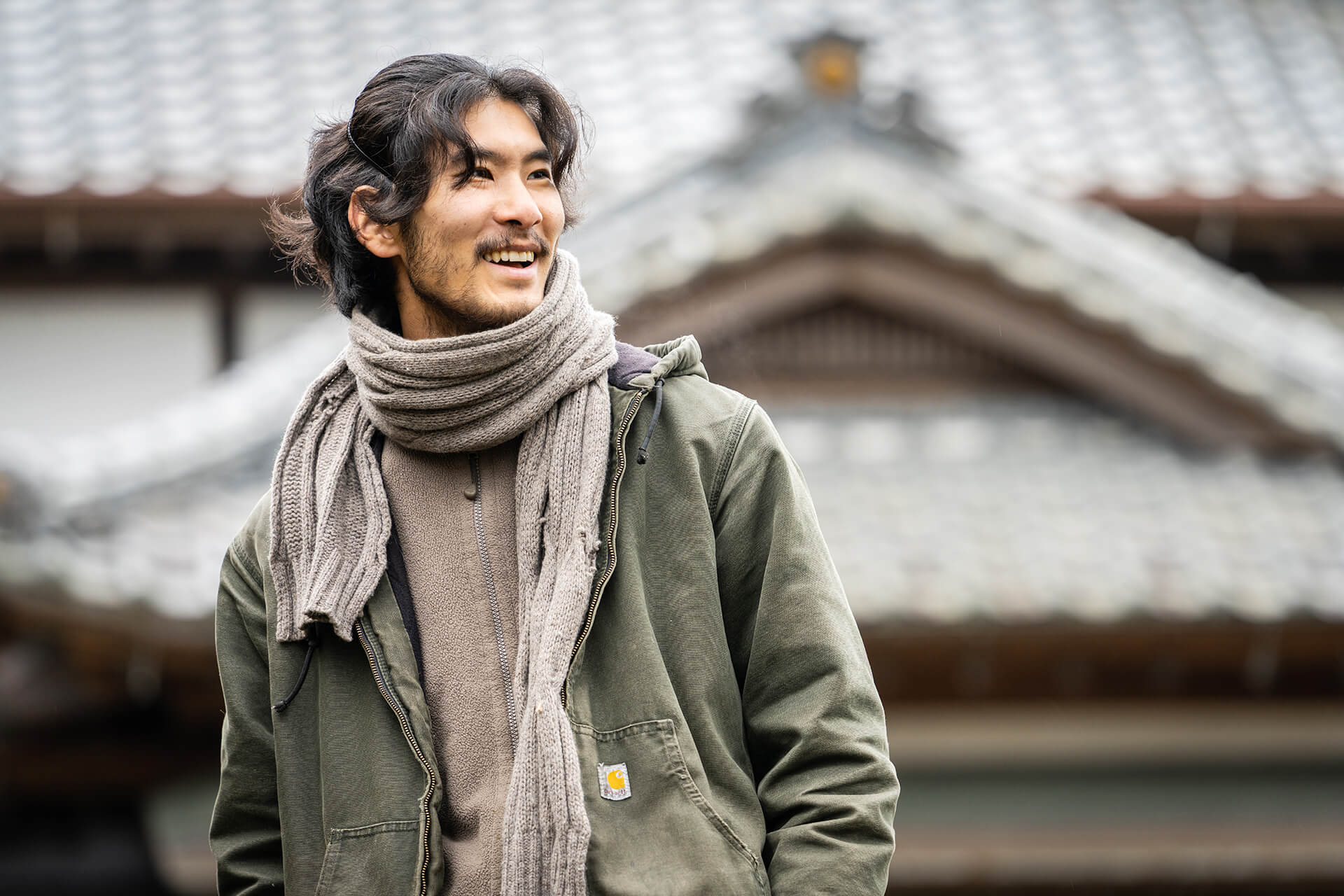
Although at the outset, this experience may seem daunting, Brown’s Field aims to make it easy to dip one’s toes into their world. Visitors can try out all of the tasks required to make a life in a place like Brown’s Field. You can partake in various actives that build skillsets such as farming, cooking, manufacturing, or even making crafts. Visitors are not treated as a part of the clientele, but rather work like regular staff. However, should one want a rest, that option is available; should you want to go to town or down to the sea, for example. Guests exist in a middle ground between the staff and customers, participating in a five-day “workation,” including accommodation, meals, and activities (price and itinerary vary by season). Visitors are also provided with their own private cabins. Those staying six months or more may receive training in sustainability; through experiences such as the transformation of soybeans into comestible goods like miso and soy sauce. Brown’s Field’s foreign guests can also receive unmitigated immersion into Japanese culture; foreign visitors only make up ten to twenty percent of their clientele, and the number of guests at any time is limited to five; assuring you one-on-one instruction. Additionally, although rather far from the beaten path, access to this experience need not be problematic; Brown’s Field’s staff will offer you a ride from Chojamachi Station (on the JR Sotobo Line) for a small fee.
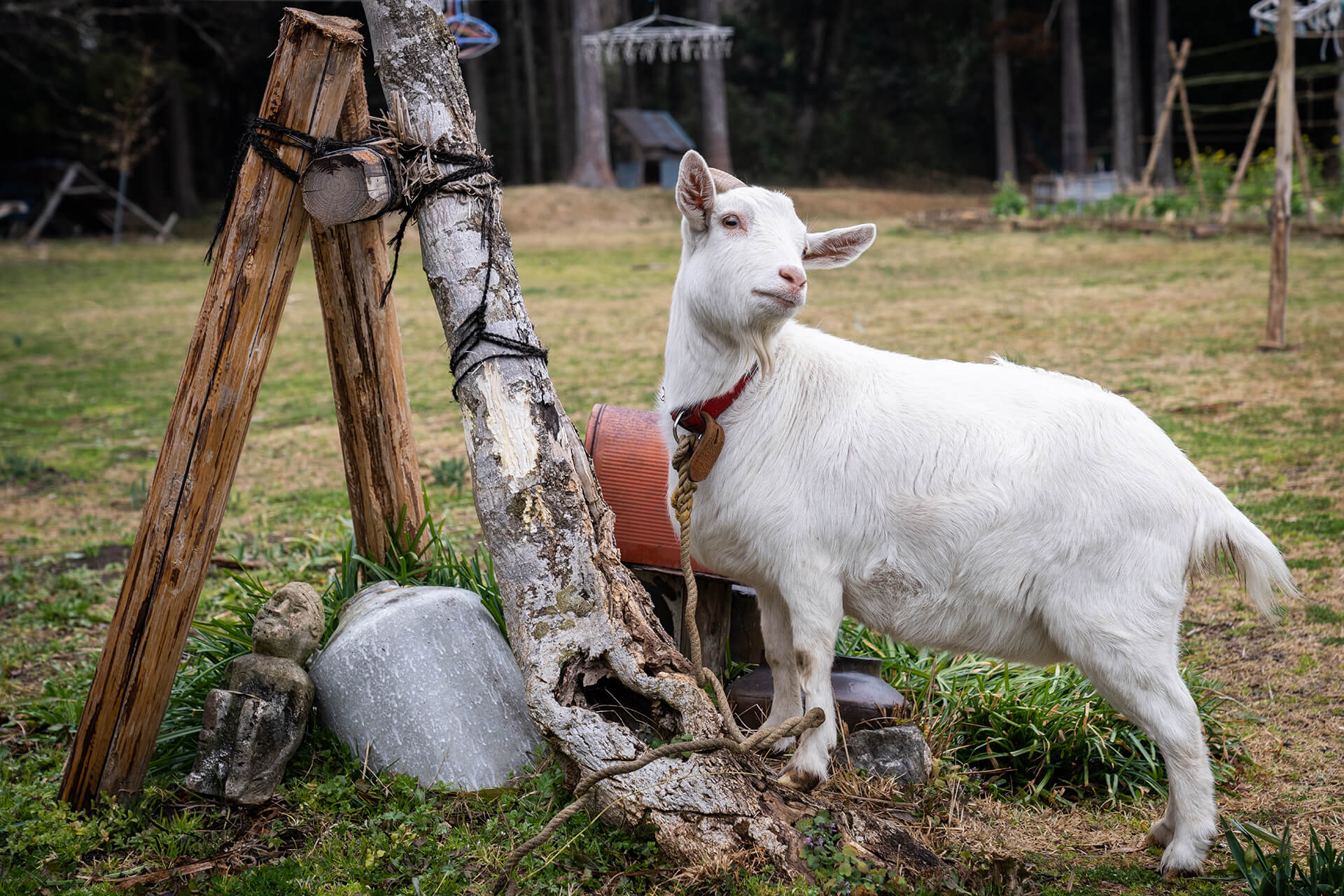
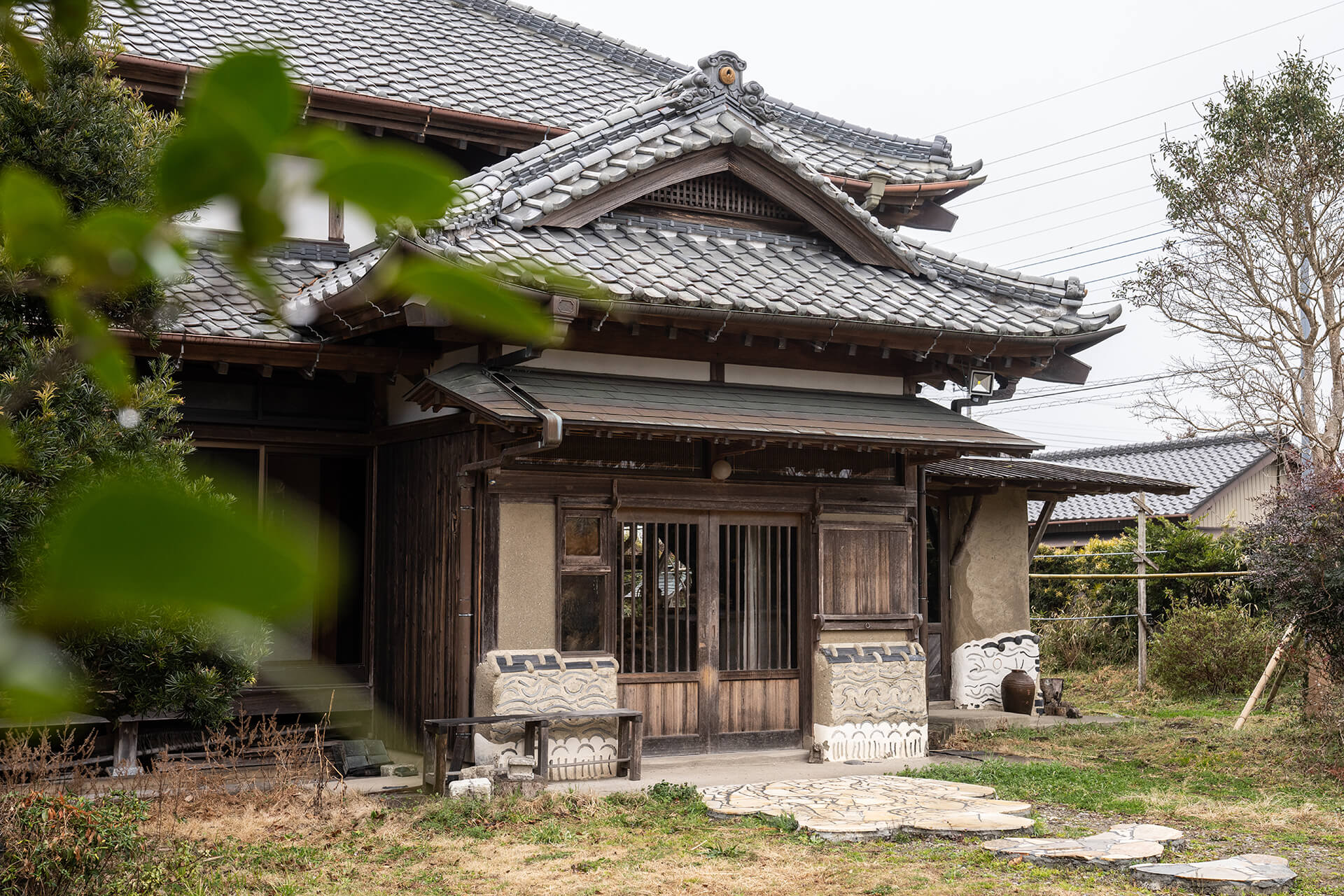
1501-1 Kuwada, Misakicho, Isumi City
(10 minutes by car from JR Sotobo Line, Chojamachi Station)
+81-470-87-4501
Accessibility